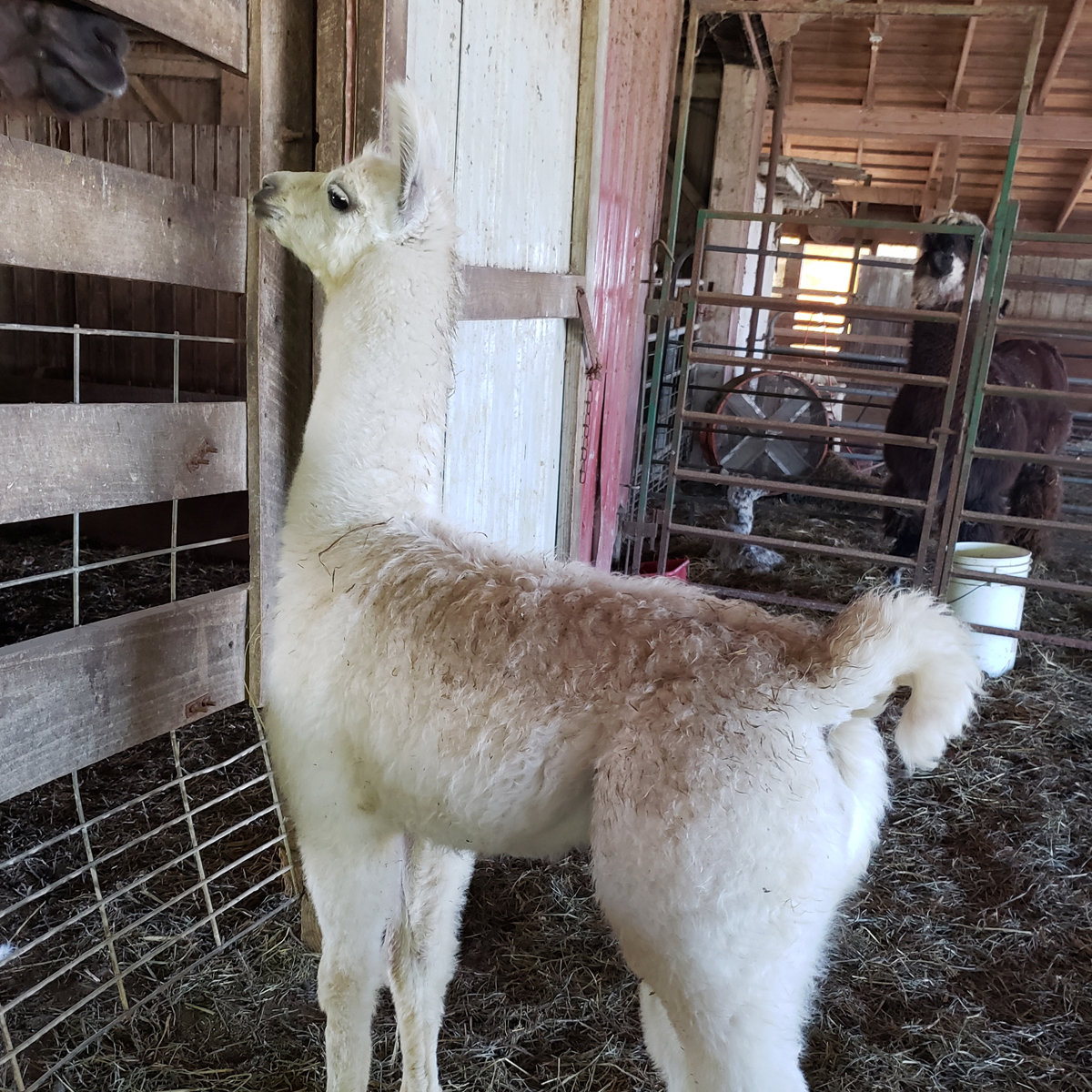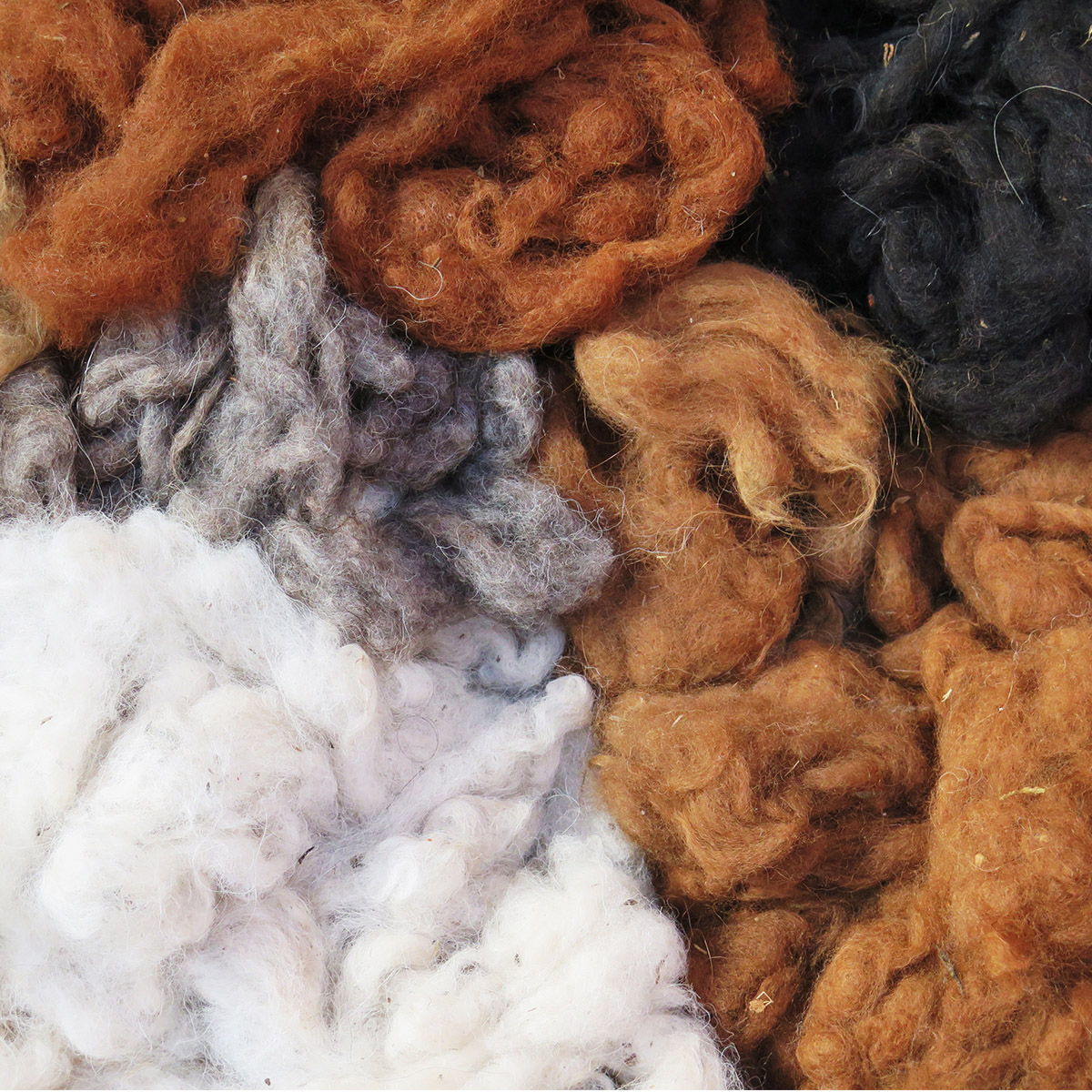Llama and alpaca fiber is a luxury to work with and a favorite of fiber artists. With the improved breeding and care of llamas and alpacas here in North America over the years, the difference between working with their fiber is merely in the name of the animal, not in the fiber.
Many llamas have fiber superior to alpacas and many alpacas have fiber superior to llamas. It just depends on the individual animal. With selective breeding and good nutrition, the coats of llamas and alpacas have improved immensely and both type of fiber (referred to as wool) is soft and luxurious. For pieces of clothing, both fibers are extremely warm and do not have the “prickly” quality as does wool from sheep



